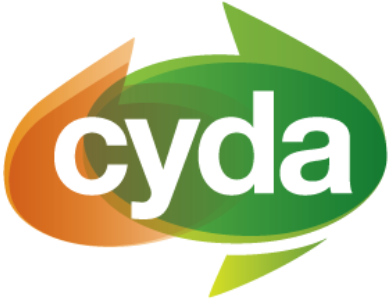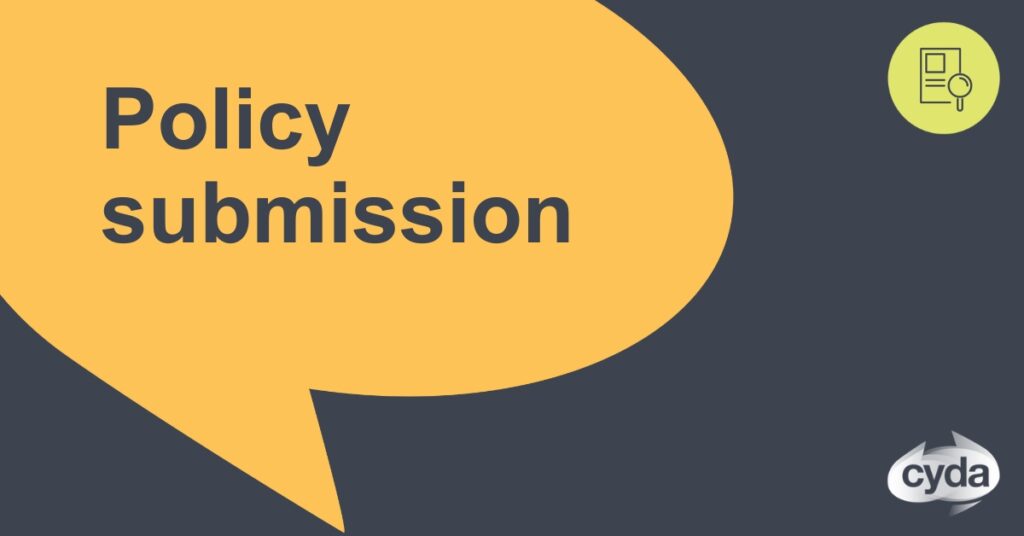
Children and Young People with Disability Australia (CYDA) welcomes the opportunity to provide feedback regarding the Royal Commission’s consultation paper about Institutional Responses to Child Sexual Abuse in Out of Home Care. This submission focuses on issues of key relevance to children with disability contained in the consultation paper.
Given the additional vulnerability to sexual abuse and overrepresentation in out of home care (OOHC) experienced by children with disability, CYDA supports the development of a strong regulatory framework and robust safeguards that address the needs of children with disability. It is imperative that all jurisdictions adopt a proactive approach to preventing child sexual abuse in OOHC and children affected by sexual abuse have access to appropriate support that meets their specific needs.
Download our full submission using the buttons above.


